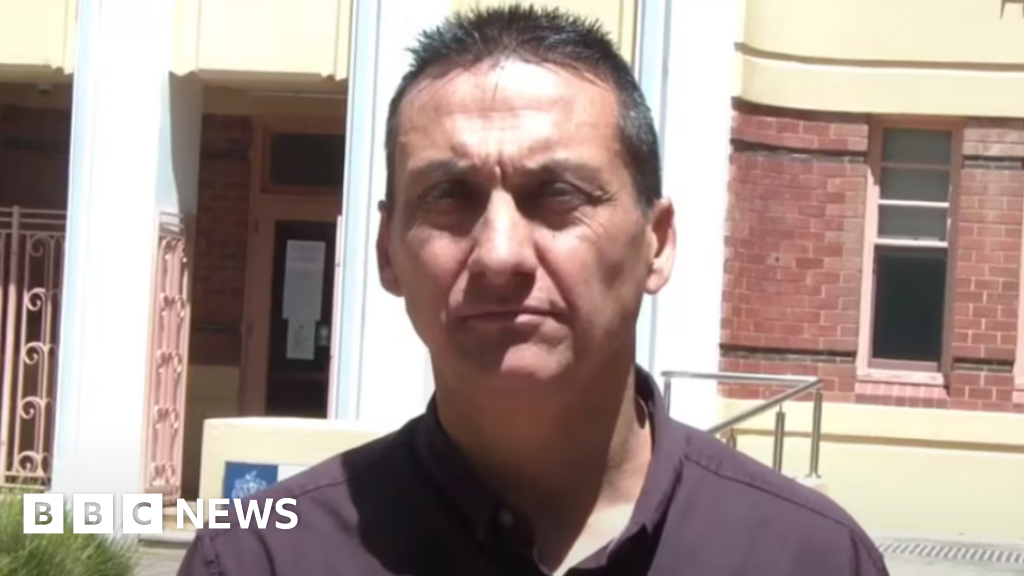As the world's largest fringing reef, Ningaloo Reef is experiencing catastrophic coral bleaching, unprecedented in its severity across Australia's coasts.
Australia is renowned for its stunning natural wonders, including the Great Barrier Reef, a UNESCO World Heritage Site and the largest coral reef system globally. However, an often-overlooked treasure lies on the opposite end of the continent: Ningaloo Reef. This breathtaking location, a 14-hour drive north of Perth, is recognized as the world's largest fringing reef and boasts an expansive oceanic forest stretching hundreds of kilometers.
While Ningaloo has captivated snorkelers with its vibrant marine life—including manta rays, reef sharks, and whale sharks—this year has posed unprecedented challenges for the reef's ecosystems. A marine heatwave has dramatically increased water temperatures, causing widespread coral bleaching—a phenomenon disturbing the vital relationship between corals and their symbiotic algae.
Paul Gamblin, head of the Australian Marine Conservation Society, described the situation: “It’s like a raging underwater bushfire that persists for months, wreaking havoc along the coast.” This marks the first simultaneous coral bleaching event affecting both Australia’s western and eastern coasts, alarming scientists and locals alike. The root of the crisis lies in rising carbon emissions and ocean temperatures, with the fourth global bleaching event badgering over 80% of the world's reefs.
Dr. Kate Quigley of the Minderoo Foundation elucidates the issue, stating that rising temperatures disrupt the symbiotic relationship that corals have with algae, akin to humans contracting a stomach bug rendering them incapable of proper functioning. This year’s extended ocean heating has raised considerable concern among scientists, particularly as temperatures have failed to recede as expected.
Monitoring efforts are underway, yet uncertainty looms as researchers track the death toll of bleached corals while tourists observe the grim transformation of the vibrant underwater landscape. “It was like snorkelling on a corpse,” remarked Jenna-Rae Clark, voicing concerns that visitor numbers may decline due to the deteriorating condition of the reef.
Alarmingly, while Australia grapples with climate change and its implications for marine life, fossil fuel projects like the North West Shelf gas plant continue to expand, with government aligned in their approval of such developments. This juxtaposition raises questions about the prioritization of industrial interests over the preservation of natural heritage sites.
In response, scientists are exploring innovative solutions, such as selectively breeding coral varieties better suited to withstand elevated temperatures. As they work towards long-term remedies, they emphasize the importance of reducing carbon emissions and advocating for government policies that prioritize renewable energy sources.
The dwindling state of Ningaloo serves as a stark reminder of the precarious balance between industrial growth and environmental conservation. Experts emphasize the essential ecological services that coral reefs provide, underlining their significance not just to marine biodiversity but to wider human interests—including coastal protection and economic sustainability. The ongoing crisis demands urgent attention, for the coral reefs, like our planet, are interwoven with the fabric of life itself.
Australia is renowned for its stunning natural wonders, including the Great Barrier Reef, a UNESCO World Heritage Site and the largest coral reef system globally. However, an often-overlooked treasure lies on the opposite end of the continent: Ningaloo Reef. This breathtaking location, a 14-hour drive north of Perth, is recognized as the world's largest fringing reef and boasts an expansive oceanic forest stretching hundreds of kilometers.
While Ningaloo has captivated snorkelers with its vibrant marine life—including manta rays, reef sharks, and whale sharks—this year has posed unprecedented challenges for the reef's ecosystems. A marine heatwave has dramatically increased water temperatures, causing widespread coral bleaching—a phenomenon disturbing the vital relationship between corals and their symbiotic algae.
Paul Gamblin, head of the Australian Marine Conservation Society, described the situation: “It’s like a raging underwater bushfire that persists for months, wreaking havoc along the coast.” This marks the first simultaneous coral bleaching event affecting both Australia’s western and eastern coasts, alarming scientists and locals alike. The root of the crisis lies in rising carbon emissions and ocean temperatures, with the fourth global bleaching event badgering over 80% of the world's reefs.
Dr. Kate Quigley of the Minderoo Foundation elucidates the issue, stating that rising temperatures disrupt the symbiotic relationship that corals have with algae, akin to humans contracting a stomach bug rendering them incapable of proper functioning. This year’s extended ocean heating has raised considerable concern among scientists, particularly as temperatures have failed to recede as expected.
Monitoring efforts are underway, yet uncertainty looms as researchers track the death toll of bleached corals while tourists observe the grim transformation of the vibrant underwater landscape. “It was like snorkelling on a corpse,” remarked Jenna-Rae Clark, voicing concerns that visitor numbers may decline due to the deteriorating condition of the reef.
Alarmingly, while Australia grapples with climate change and its implications for marine life, fossil fuel projects like the North West Shelf gas plant continue to expand, with government aligned in their approval of such developments. This juxtaposition raises questions about the prioritization of industrial interests over the preservation of natural heritage sites.
In response, scientists are exploring innovative solutions, such as selectively breeding coral varieties better suited to withstand elevated temperatures. As they work towards long-term remedies, they emphasize the importance of reducing carbon emissions and advocating for government policies that prioritize renewable energy sources.
The dwindling state of Ningaloo serves as a stark reminder of the precarious balance between industrial growth and environmental conservation. Experts emphasize the essential ecological services that coral reefs provide, underlining their significance not just to marine biodiversity but to wider human interests—including coastal protection and economic sustainability. The ongoing crisis demands urgent attention, for the coral reefs, like our planet, are interwoven with the fabric of life itself.



















